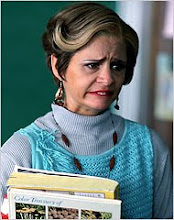The National Center for Children outlines the various poverty levels of children in the United States. There are currently 13 million American families below the poverty line. There has been an 11 percent increase between 2000 and 2005 of children living in poverty. The official poverty line is a yearly income of $20,000.00 for a family of four. A low income family is considered a family of four earning $40,000.00 annually. This official poverty level is obviously flawed, as we have seen through Chaudry’s book and other evidence that it is impossible for a family of four to live realistically off of these low wages. Nationwide 18 percent of children are living in families that are considered poor. The state with the highest child poverty rate is Mississippi with 27 percent. Arizona falls into the 20 percent or more category on the provided chart. Child poverty is especially prevalent in black, latinos, and American Indians. Black children have the highest poverty level at 35 percent while white children are at 10 percent. In addition, the statistics point out that having immigrant parents increases chances of being poor.
The National Center for Children lists the economic hardships that are faced by children in poverty which include: lack of affordable housing, lack of health insurance, food insecurity, and other economic hardships. These conditions have a direct relationship between children and a working, poor woman. Both women and children alike experience this lack of security. If a mother cannot adequately provide for her family, no matter how hard she tries, her children will also live in poverty. A working mother cannot often make ends meet and has to constantly struggle from paycheck to paycheck. It is a viscous cycle of never being able to get ahead in life. Children who grow up in poverty do not receive as good an education as other children and it is much more difficult for them to move up out of their “class”. The National Center for Children in describing the hardships faced by children, is also describing the hardships of all people who are considered the “working poor”.
Subscribe to:
Post Comments (Atom)

No comments:
Post a Comment